Sony Alpha A6000 – ISO comparisons, corner smearing, color casting
Sony A6000 besides most prominent feature of Auto Focus performance, brought also new (in Sony camera range) 24 Mpx sensor design.While the resolution remain same as it was on NEX 7 sensor, Sony claim that new sensor has gap-less design, new micro-lenses and of course is linked to the new processor – Bionz X.I can’t speak about JPEG performance, because I am not experienced in JPEG settings, but I was curious to see, how does it improve corner performance in Sony ARW format. (Considered as a RAW, but lossy compressed with software corrections hard coded).
To be honest, while testing AF was rather out of curiosity as I rarely use it, corner performance for me was of a most interest and A6000 didn’t dissapoint there.
With NEX 7, most IQ problems (besides lossy compression) were related to the magenta color casting and excessive corner smearing with most symmetrical designed WA lenses for RF cameras.
With the later firmware, Sony applied (in RAW) greenish counter mask to suppress magenta casting, and that resulted in overall improvement, but using lenses without electronic communication involved lot of unpredictable results especially in different lighting conditions.
I went back to original firmware because of that and learned to use Adobe Flat Field plug-in for NEX 7 images taken with problematic lenses. One of those was Sony’s native SEL 1018 f/4 OSS, mainly at 10mm end, lens that otherwise is my most used E-mount landscape optics.
Using additional post processing, it was usually possible to get rid of the color casting (but not always easy), however firmware updates couldn’t do much about corner smearing. I never had two NEX 7s side by side, and when new firmware is installed it can’t be rolled back, so I couldn’t make direct comparison, but I have feeling that NEX 7 with later firmwares did crop images a bit, trying to improve corner performance, by cutting out extreme corners and interpolating resulting image.
Finally, with original NEX 7 firmware I never had problem with blotchiness in intensive gradual transitions, that I experienced with firmware 1.01 and all later Sony E-mount bodies. Different compression algorithm or psychosomatic problem?
For all those reasons (and few others that I wrote about some time ago – http://www.verybiglobo.com/?p=55)
I am still using NEX 7 with its original firmware, so regarding color casting, comparison results presented here are not representative for the latest firmware upgrades.
But even with those, I witnessed lot of magenta and smearing problems with lens like CV Heliar 15/4.5 e.g. from my friend who is using it.
Another friend borrowed me that lens shortly, to see how does it work on Alpha 6000 and here are few results for your consideration.
And few with crops from SEL1018 f/4 OSS at 10mm
And related extreme corners crop – notice the reduced smearing with A6000
In the last comparison image, you might notice subtle, but existing difference in detail resolving ability, especially on the “windows” crop. This slight “clarity” or even resolution improvement could be due to the new sensor design or even weaker AA filter.
I found A6000 IQ to be noticeably improved especially in the corners and with legacy Heliar. Don’t get me wrong, NEX 7 is still great camera when it comes to IQ, and with some pp you can have almost identical results, but A6000 images are better in that respect, right out of the box.
When it comes to high ISO, A6000 images converted from RAW in LR 5.4 with standard settings, are actually pretty impressive.
Here is one comparison image of 4 cameras 100% crop night shot from tripod at ISO 6400
I am working on few more comparisons layouts from 100% crops including Sony A7, A7r, Nikon D800E and few more cameras. When I finish them, they will be posted here. Meanwhile, you can check full size images on the dedicated – Flickr albums.
1 – ISO comparison at original image size (click to open)
I might be also able to give you link to download original RAWs only to explore them for yourself (not for any unauthorized publishing purposes). If interested, leave message in the comment box bellow, and don’t forget to register, so that I can send you PM or email with the link.
So far A6000 seems like very interesting APS-C camera, that is certainly at the top of current technologies.
Please help support this page and upcomming reviews and buy through affiliate links, with no extra cost for you:
Buy on BHPhoto: Alpha a6000 Mirrorless Digital Camera Body (Black)
Buy on Amazon: Alpha a6000 Mirrorless Digital Camera Body (Black)
To help this page survive, your donation will be highly appreciated.
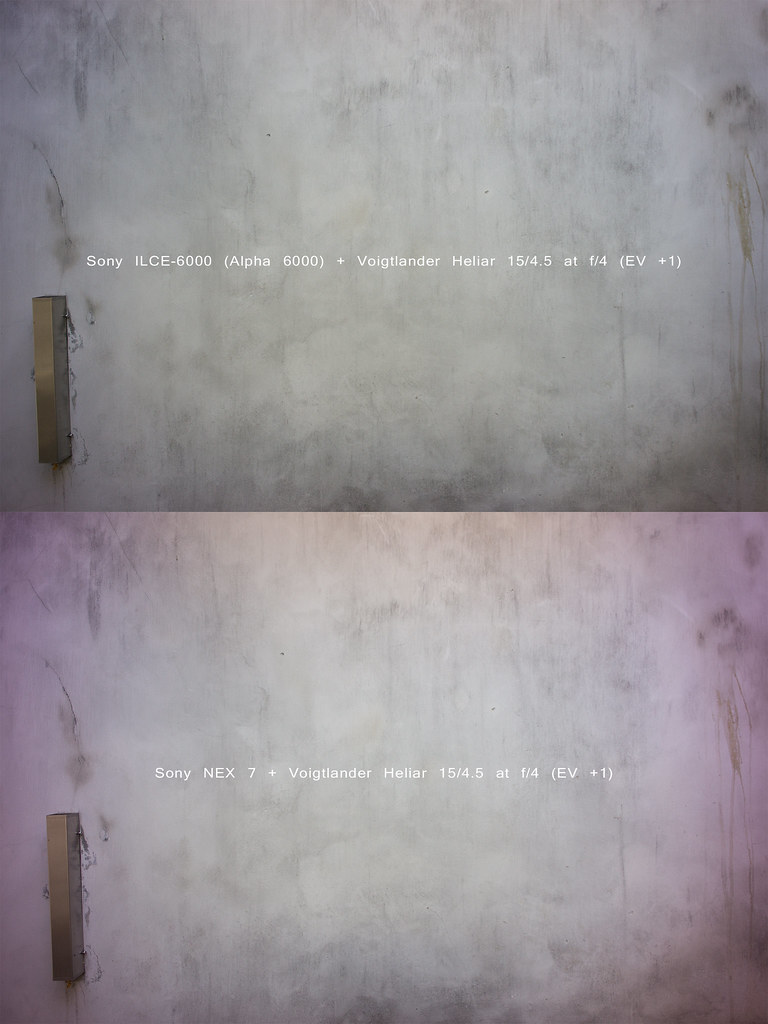
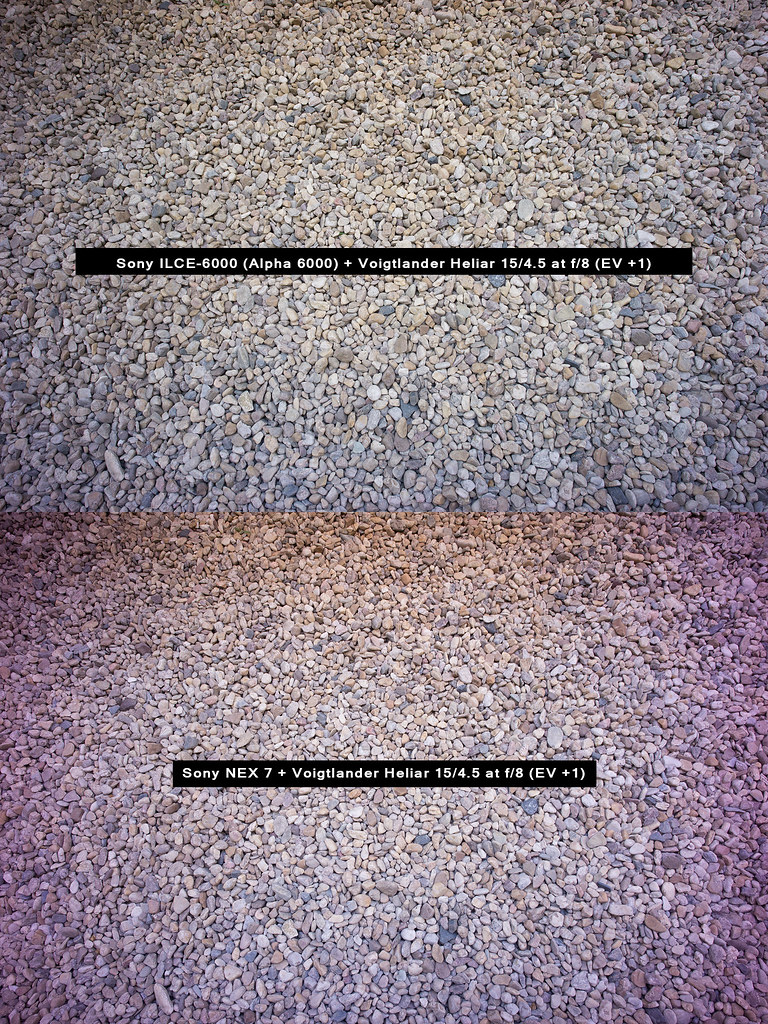
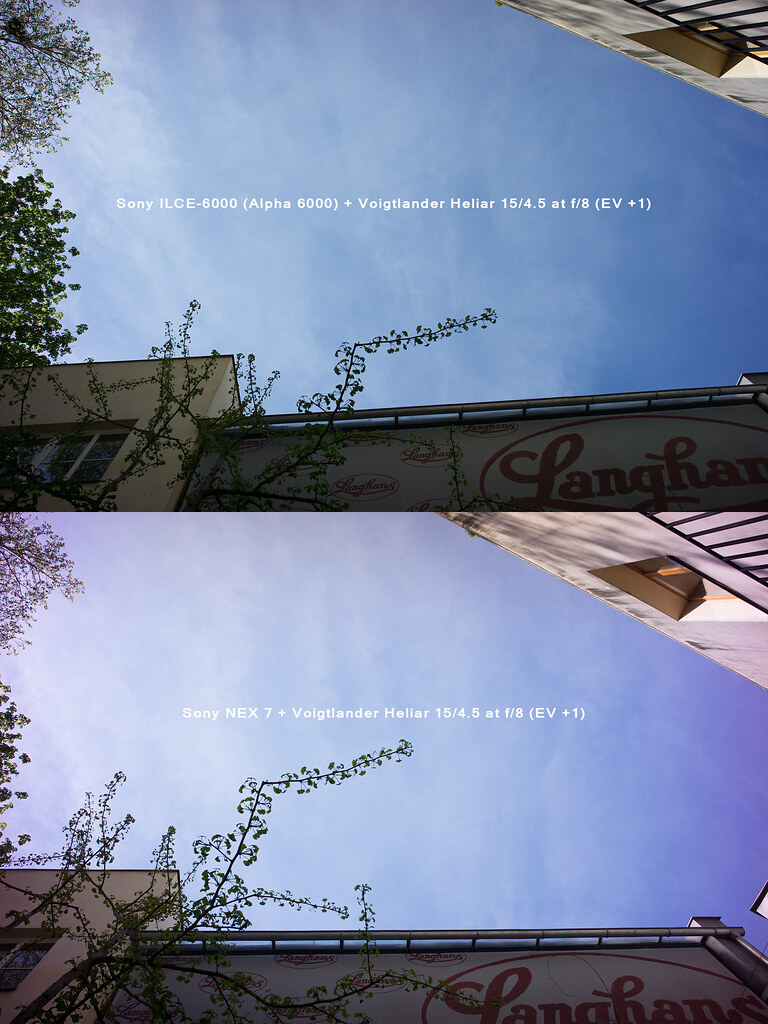
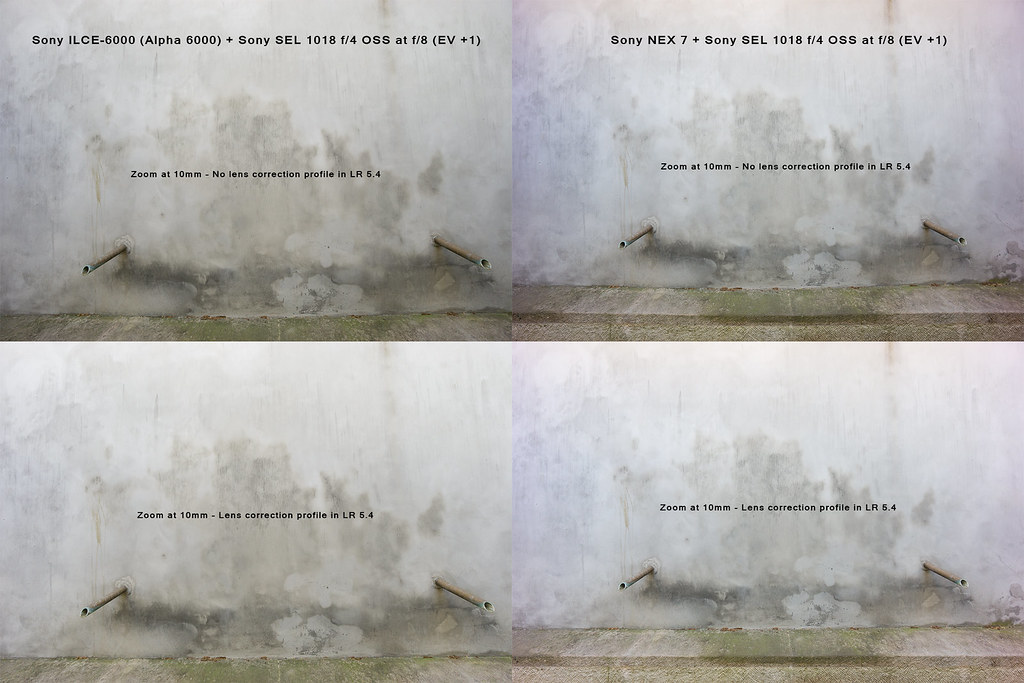
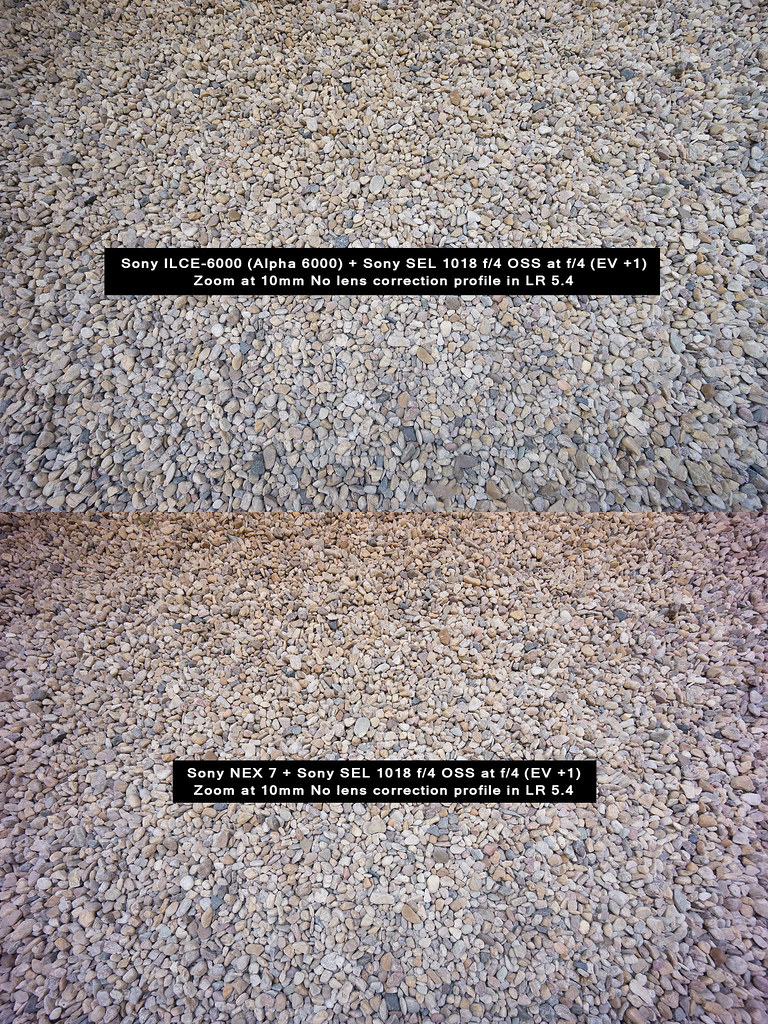
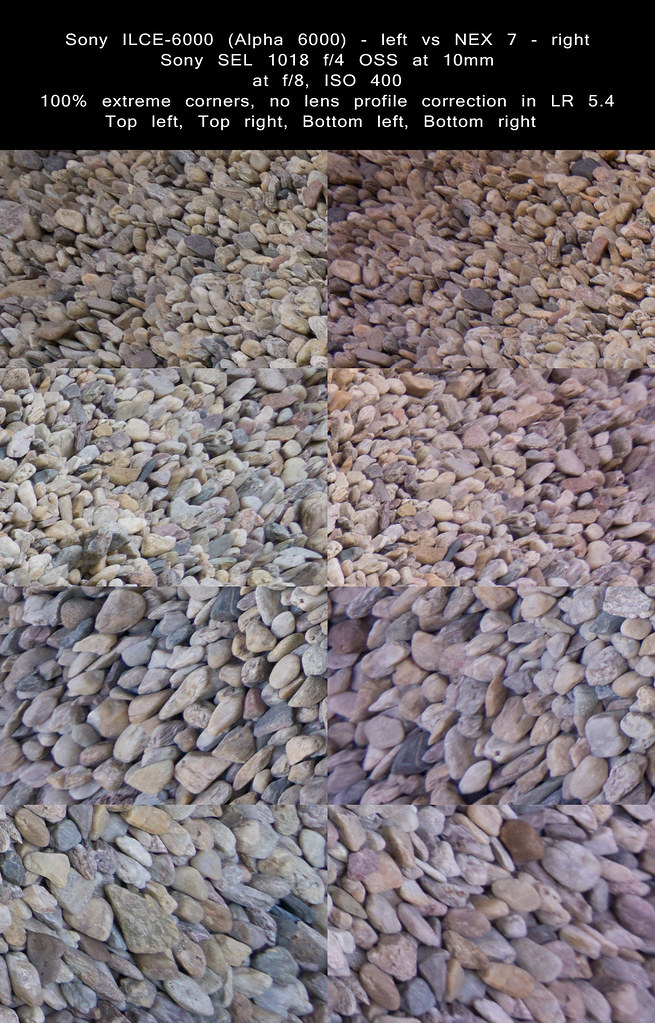
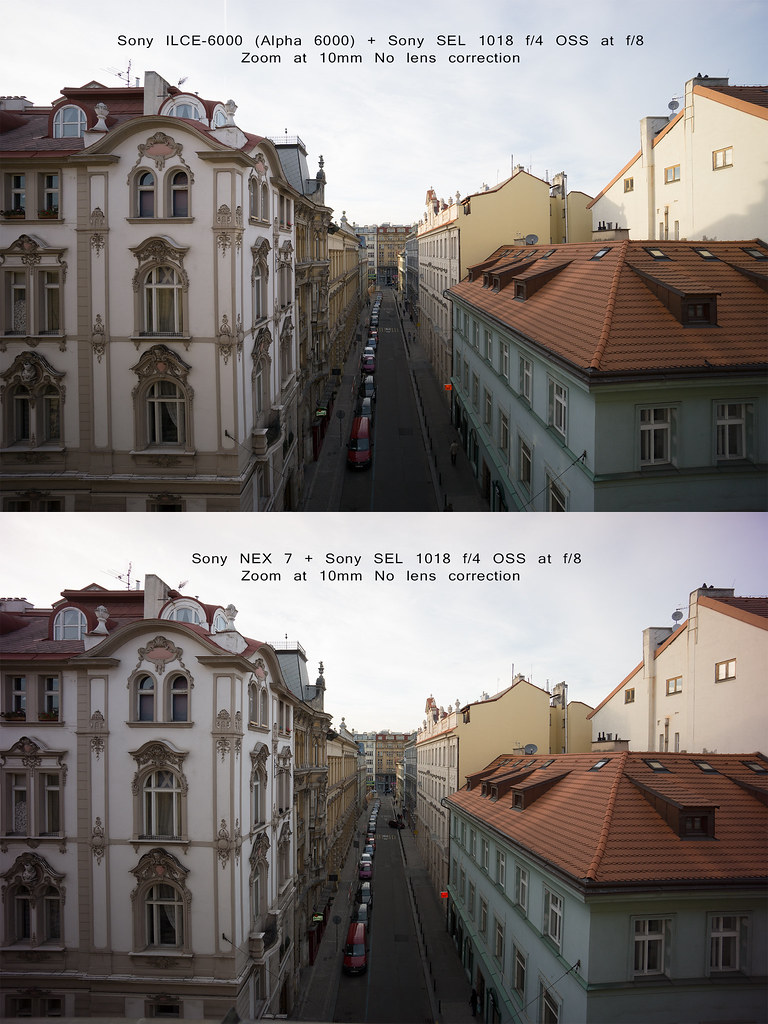
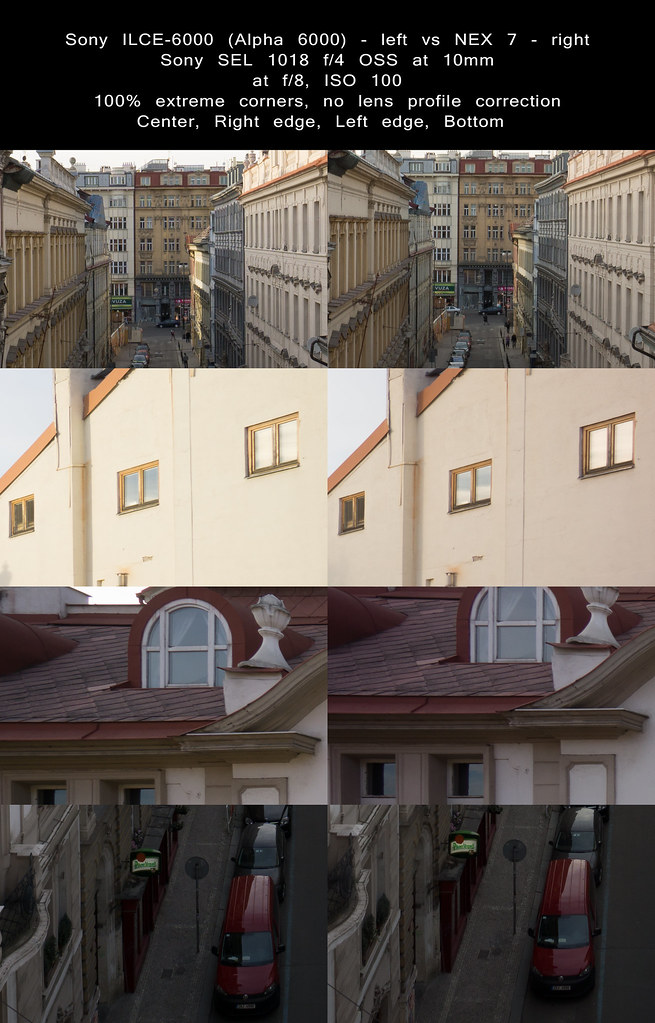
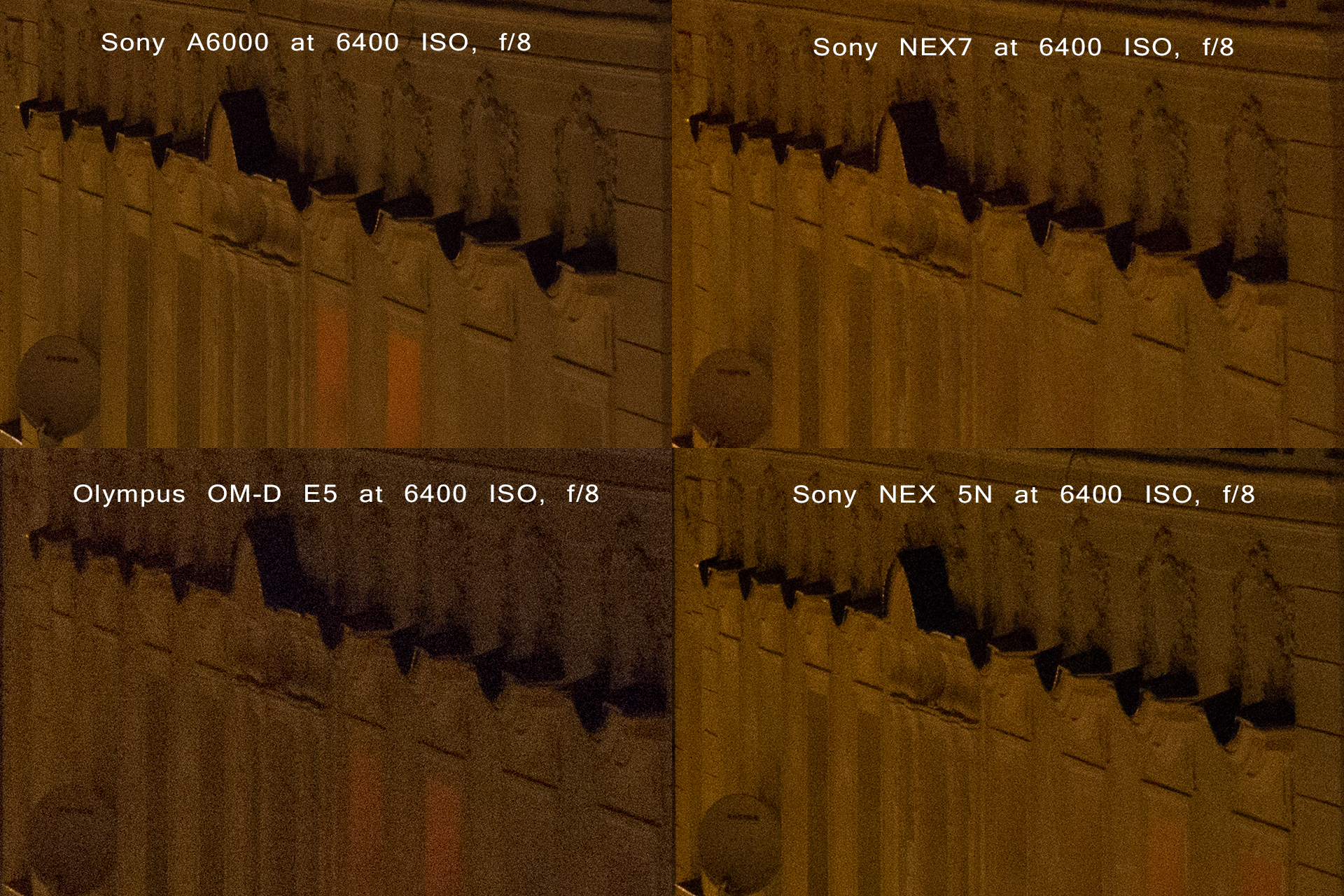

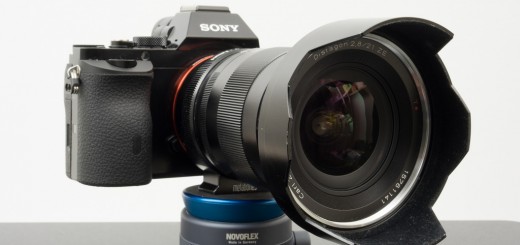
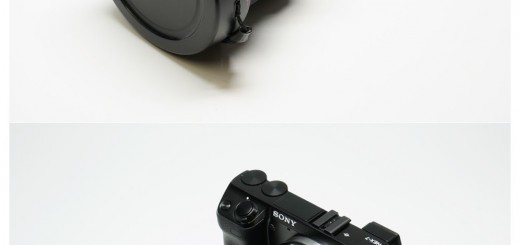













Very interesting. Thank you. A6000 seems to be a great camera. Now i am trying to determine if for me it is APS-C or FE. Different question. Thank you for your work.
Thank you for looking. There is one of my post few weeks ago, comparing Sony A7 with FE 35/2.8 ZA with NEX 7 with SEL 2418 ZA. Maybe that can help a bit for your sensor size consideration.
It looks much improved. Thank you for doing this test it seems nobody else does test like these.
Any chance they do the fix in raw on the a6000? Did to test with a manual focus lens too?
Thank u Viktor for taking the time to make your finding available to all of us so that we may understand these sony machnes/toys better 🙂 ….
I am apalled at knowing [from u ]that the A6000 has lossy RAW compression too that is despite the fact that the A7/R received so much negative attention over it ….
the dpr and IR appear to be silent over the issue of lossy RAW compression of the A6000!
Thans. Most of the big reviewers are silent about Sony raw compression. For whatever reason. 🙂
Hi again !
In my humble opinion ..if Sony do not plug the I.Q lacuna as the very earliest ..it will simply prove the fact that they are not serious about their image quality at all…..rather they are too busy churning out disposable gizmos that sell ….this is sad for us
I hope u do not mind me asking u this but can u give me a link to your finds about the A6000 generating … lossy RAW files…Thank u !
Hi, I don’t have active download link anymore, but here is the link to one of my published observations within DPR forum – http://www.dpreview.com/forums/post/53060443. There are few more references in that post.